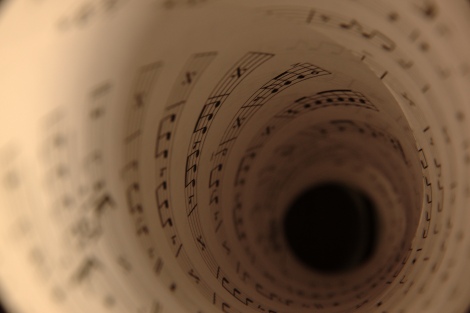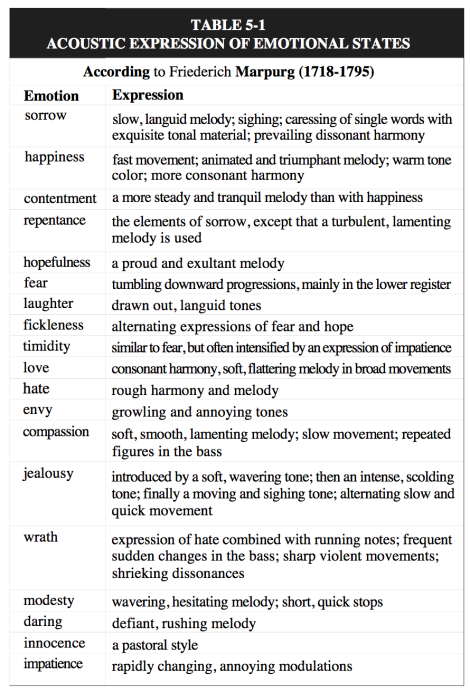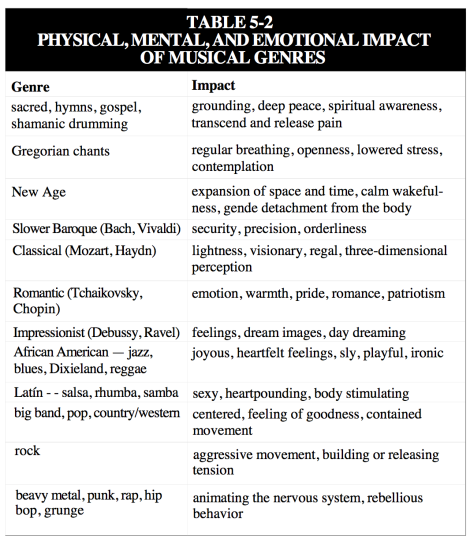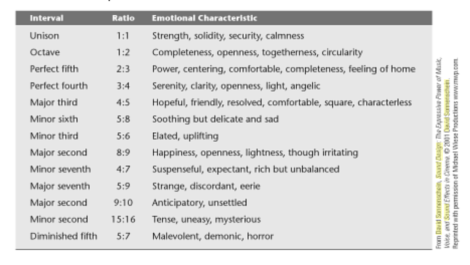Filmde Ses Efektleri ve Müzikle Kurulan İletişim
Sound is at least half of your film; make it 60-70% of the experience depending on who you are talking to. You do not have to be a skilled sound designer, musician or composer to take advantage of its power. You have to, however, be able to communicate with the ‘creative forces’ that will shape the soundscape of your film. Filmmaking is an art of collaboration, unless you plan to be the sole actor in a film wrote, shot and cut by yourself and made for an audience of ‘one plus the few poor souls you have coerced into watching it with you’. Film editor and sound designer Walter Murch talks about “dreaming in pairs”. For that to happen, you have to be able to communicate your ‘dream’ on a wavelength adapted to your collaborator.
I am not a musician, a sound designer or a composer (or if I have to admit I am only a ‘failed all of the above’). I have found, however, a vast quantity of valuable information in the book Sound Design: The Expressive Power of Music, Voice, and Sound Effects in Cinema by David Sonnenschein. (excerpts from the book are available here) As a writer, you need to communicate your soundscape with written words. As a director, you need to appreciate the vast possibilities, understand all the limitations your co-creatives are faced with and to communicate your intent with spoken words and written notes.
For example, in the chapter From Vibration to Sensation, Sonnenschein explores the various qualities of sound and the corresponding extremes.
Rhythm: Rhythmic – Irregular
Intensity: Soft – Loud
Pitch: Low – High
Timber: Tonal – Noisy
Speed: Slow – Fast
Shape: Impulsive – Reverberant
Organization: Ordered – Chaotic
These qualities when combined will clearly define the intended sound.
Sound in film is key to supporting, amplifying or inducing and emotional state. In the chapter Music To Our Ears, he presents us with two valuable tables (available here). The first table outlines the acoustic expression of emotional states according to Friederich Marpurg. How can a human emotion be translated into an acoustic expression?
The second table looks at the Physical, Mental and Emotional Impact of Musical Genres. What type of music will encourage a certain mood? This table could also suggest a few things about the psychology of music preference. Why do you prefer a certain type of music when you are in a certain mood?
Sound can be used in a therapeutic fashion, where combined ‘vibrations’ can ‘tune’ the listeners mood and emotional state. Later in the chapter, Sonnenschein outlines a series of harmonic intervals and their respective emotional characteristics as described by various musicologists and sound therapists. These emotional characteristics are key ingredients of the communication between a director and a composer, for example.
Here below are few examples of these musical intervals and a series of musical themes where the interval is used predominantly. (the intervals are from http://www.musicalintervalstutor.info)
Octave: Openness, Togetherness, Circularity
Perfect Fifth: Power, Comfortableness, Completeness
Perfect Fourth: Serenity, Clarity, Light
Major Third: Hopeful, Resolved, Friendly
Minor Sixth: Soothing but Delicate and Sad
Minor Third: Elated, Uplifting
Major Second: Happiness, Lightness though Irritating
Minor Seventh: Suspenseful, Expectant, Rich but Unbalanced.
Major Seventh: Strange, Eerie, Discordant
Minor Second: Tense, Uneasy, Mysterious
Tritone (Diminished Fifth and Augmented Fourth): Malevolent and Demonic.
These few tables and quick insights barely scratch the surface of the world of sound and music for film. They inform us of some of the possibilities and most importantly they expose us to a wealth of vocabulary and ideas. Do not forget sound. Keep it in your mind at all moments, when you are writing, when you are planning the visuals, when you are editing or even while color grading. German poet Heinrich Heine was aware of the limitation of his words when he wrote “Where words leave off, music begins”






Yorumlar
Yorum Gönder